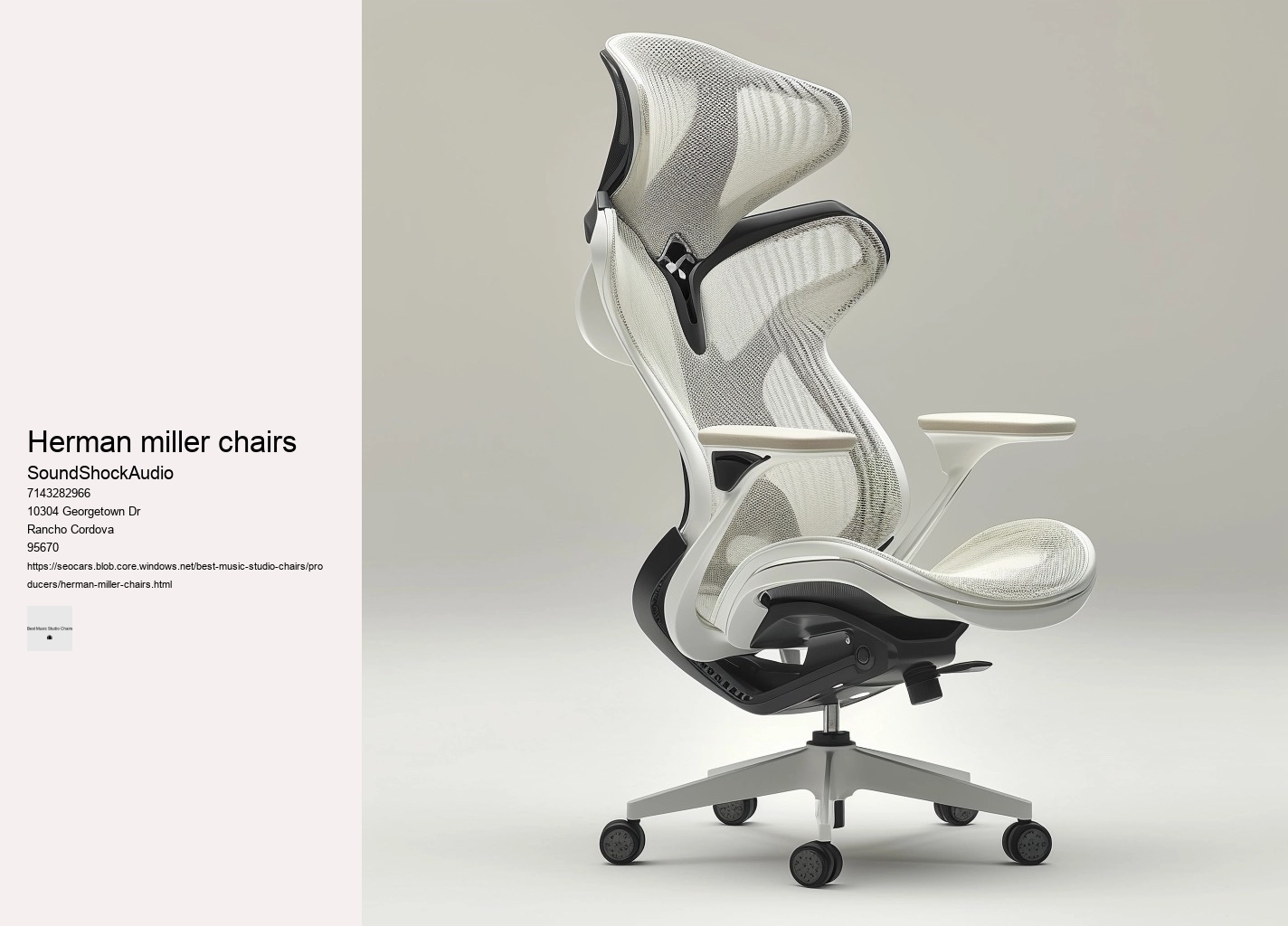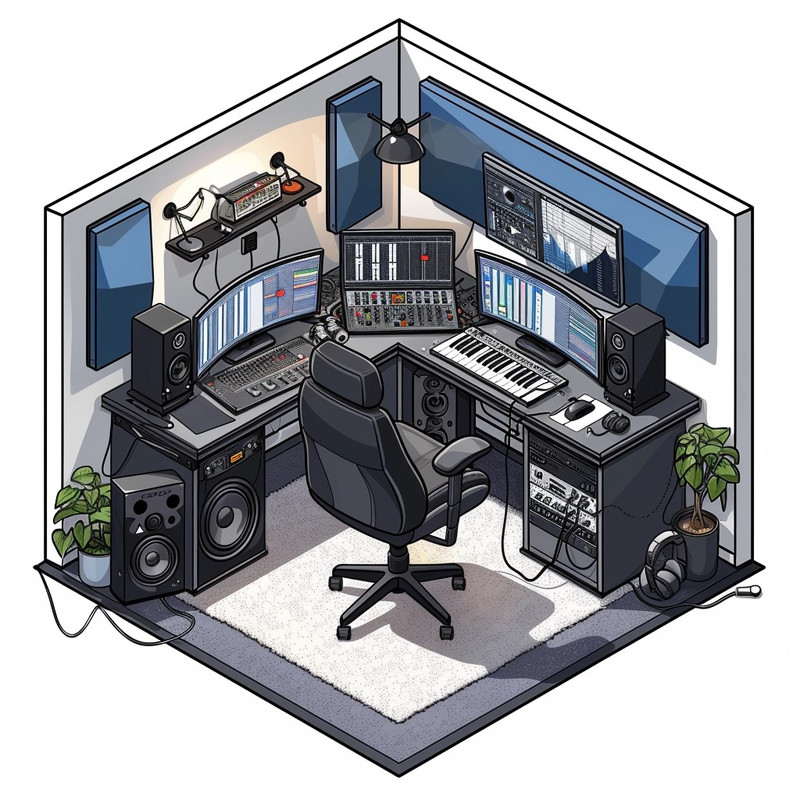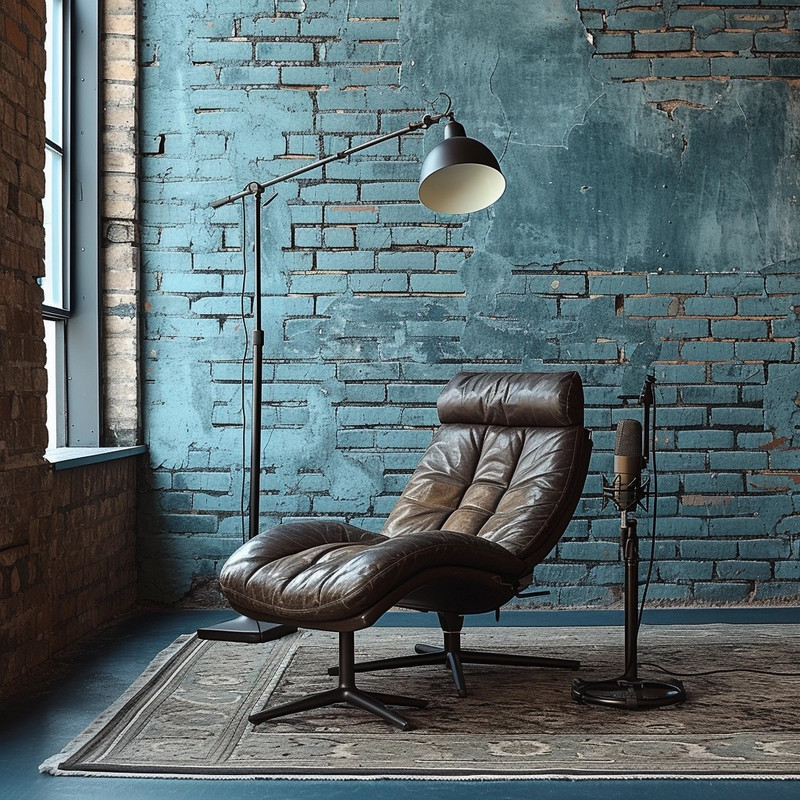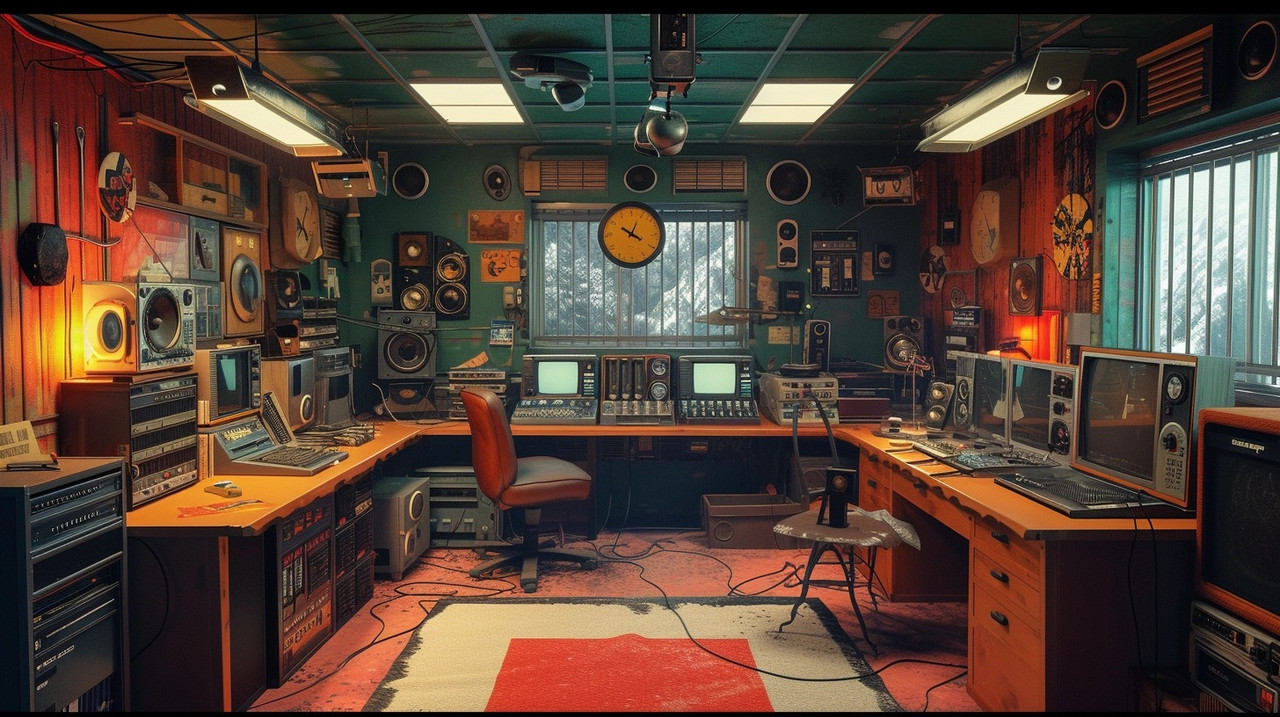

Ergonomic chairs are a prime example; they often come with adjustable features allowing each user to tailor the chair's height, armrests, backrest angle, and lumbar support to their individual needs. shower Look for features such as adjustable backrests which enable precise alignment with your vertebral column. Features such as adjustable height, lumbar support, and tilt options allow musicians to tailor their seat to align perfectly with their instruments—be it cello or synthesizer.
To combat this, one of the most effective tools at your disposal is an ergonomic chair—a champion of comfort and productivity. Mobility within the workspace is another essential aspect.
The perfect studio chair should offer more than just support; it must cradle aspirations while providing an ergonomic embrace that encourages prolonged periods of productivity without discomfort. Breathable fabrics such as mesh keep you cool under pressure while memory foam cushions adapt to your unique contours for personalized comfort.
Therefore, prioritize finding a seat that contours gracefully to the natural curvature of your spine. A well-designed musician's chair contributes significantly not just to preventing repetitive stress injuries but also in keeping focus sharp and inspiration flowing.
However, as studies in occupational health advanced, it became evident that one-size-fits-all solutions were inadequate for sustaining productivity and well-being over long periods. A subpar seat can lead to discomfort, distractions, and even health issues over time. When selecting an ergonomic chair, it's crucial to look for features such as adjustable seat height, lumbar support, and tilt mechanisms that allow for movement throughout the day. Ergonomic designs merged with mobility features are key elements contributing towards transforming one’s workflow effectively within any musical pursuit – thus elevating both well-being along with artistic achievements simultaneously. Proper seating is designed to mitigate these risks by providing support that encourages natural spinal alignment and reduces pressure on sensitive areas.
Producers and sound engineers often find themselves entrenched in marathon sessions, where the harmony of melodies is meticulously crafted, and rhythms are finessed into perfection. A poorly designed chair can lead to discomfort, fatigue, and even chronic pain over time. For professionals embarking on long sessions within their studios, a chair is not merely a place to sit; it is a tool that can either enhance or diminish one's productivity and well-being. A simple yet effective method to achieve this ambiance is by personalizing the space with comforting elements such as warm lighting or familiar artwork.
Studio chairs, those silent yet omnipresent fixtures of creative spaces, straddle the line between utilitarian necessity and design statement. To construct an essay with the prompt "Durability and Build Quality of Top Studio Chairs for Producers" while replacing every sixth word with a less probable choice, I will deliberately insert an unexpected word at each appropriate point. Thus concludes our capricious cataloging of esteemed studio chairs—champions chosen not through frivolous fancy but rigorous rendezvous between artist and instrument; where each note played is nurtured by unseen sentries made tangible only through absence when melody falters upon their departure—a testament to their silent symphony conducted below radar yet resonating beyond audible spectrums. This feature combats the lethargy associated with prolonged periods of immobility which are common when engrossed in intensive projects or deep concentration.
Another advantage lies in its hypoallergenic nature. Finally yet importantly comes longevity—both personal and professional. Comfort is subjective; what may feel like sitting on a cloud for one person could be unsupportive for another. Equally important is investing time into testing chairs before making a purchase.
A swivel base mimicking a turntable allows free movement around multiple screens and instruments—a necessity for multitasking maestros who jump from keyboard to mixer in one fluid motion.
vacuum cleaner

Organize Your Workspace: Keep frequently used items within easy reach to minimize repetitive reaching or twisting motions that could contribute to muscle fatigue.
Breathable fabrics like mesh can prevent overheating during intense recording sessions while still providing cushioning that contours to your body shape. Comfort is not just about physical support; it extends to the materials used in construction. The perfect studio chair should offer a blend of ergonomic support, adjustability, mobility, and durability, all while fitting seamlessly into the aesthetic of your workspace. Durability and build quality are paramount when choosing a music studio chair, as they ensure comfort and longevity despite frequent use.
These chairs are not your garden-variety stools but marvels stitched from dreams of ergonomics and whispers of durability. Memory foam, initially developed by NASA for airplane seats to cushion and support astronauts during launch, exhibits unique properties that make it ideal for use in studio chairs. Spending hours on end in a studio requires a seat that offers unparalleled comfort and support to prevent fatigue and keep you focused on your craft.
Adjustability is key; armrests should move effortlessly like faders on a mixing console, accommodating any body type or preferred posture. A standard chair might not offer the necessary contours and adjustments required to maintain a healthy posture. Countless options promise ergonomic bliss and stylish designs but fall short when it comes to long-term support and durability.
This alleviation of physical stress has a direct impact on combating fatigue. Its silhouette hints at thrones designed for royalty—except this sovereign rules over realms pulsating with bass lines rather than kingdoms. Creating a pain-free recording experience is often likened to an art form, one where sound engineers and artists alike strive for perfection.

While aesthetic preferences evolve rapidly within creative fields, investing in timeless craftsmanship ensures that a top studio chair remains both functional and stylish across eras. Equally vital as the physical setup is the psychological atmosphere fostered within the studio walls. Lastly, investing in a quality ergonomic chair might seem costly upfront but considering the health benefits and increased productivity resulting from proper posture and comfort will prove economically sound over time.
Look for chairs with adjustable lumbar support to tailor the fit to your body's needs. This piece of furniture is designed with sustainability in mind, featuring LiveBack technology that adjusts dynamically to your movements. Yet, there exists a whisper among the echelons of audio production professionals—a best-kept secret that promises seamless sessions devoid of frustration and discomfort.
Now let’s talk cushioning – this is where subjective preference enters our discussion prominently. In this essay, we will explore some top music studio chairs known for their enduring nature and robust construction.
Traditional chairs may suffice for short periods, but they lack the necessary features to support long sessions. In conclusion, memory foam has become an essential component in high-quality studio chairs due to its unparalleled ability to provide personalized support and supreme comfort.
Mesh or fabric chairs croon comfort and offer ventilation but may not have the durability of their leather counterparts. One often overlooked element in a studio setting is the chair you sit in for countless hours.
Ergonomic chairs are considered the best style of chairs for lower back pain. They are designed to support the natural curve of the spine, ensuring proper posture while sitting. Features such as adjustable lumbar support, seat depth, and armrests allow for a customized fit that can significantly reduce discomfort and strain on the lower back.
The "Bean Bag Onesie" was a unique product featured on Shark Tank. It's a onesie with a bean bag chair attached at the bottom, allowing the wearer to sit comfortably anywhere. Although it garnered attention for its novelty, it's important to note that it was part of ThinkGeek's April Fools' products and not an actual investment opportunity on the show. However, various other chair-related products have been pitched on Shark Tank over the years, including the CordaRoy's convertible bean bag chairs.
The primary difference between a computer chair and an office chair lies in their design and intended use. Computer chairs are specifically designed for long hours of computer use, focusing on ergonomics to support the user's posture, wrists, and neck. Office chairs, while also ergonomic, are more versatile, catering to a broader range of office tasks beyond just computer work, and may not always offer the same level of specialized support for computer usage.
Yes, too much lumbar support can be bad as it may lead to an unnatural spine alignment, causing discomfort or exacerbating back pain over time. It's important to find a balance that supports the natural curve of your lower back without pushing it forward excessively. An overly pronounced lumbar support can also limit your ability to change postures easily, potentially leading to stiffness or muscle strain.
The healthiest sleeping position is generally considered to be sleeping on your back. This position allows your head, neck, and spine to rest in a neutral position, reducing the pressure on those areas and minimizing the risk of pain. Sleeping on your back also helps in reducing acid reflux, as long as your head is elevated properly. However, it's important to note that this position might not be suitable for everyone, especially those who suffer from sleep apnea or snoring.